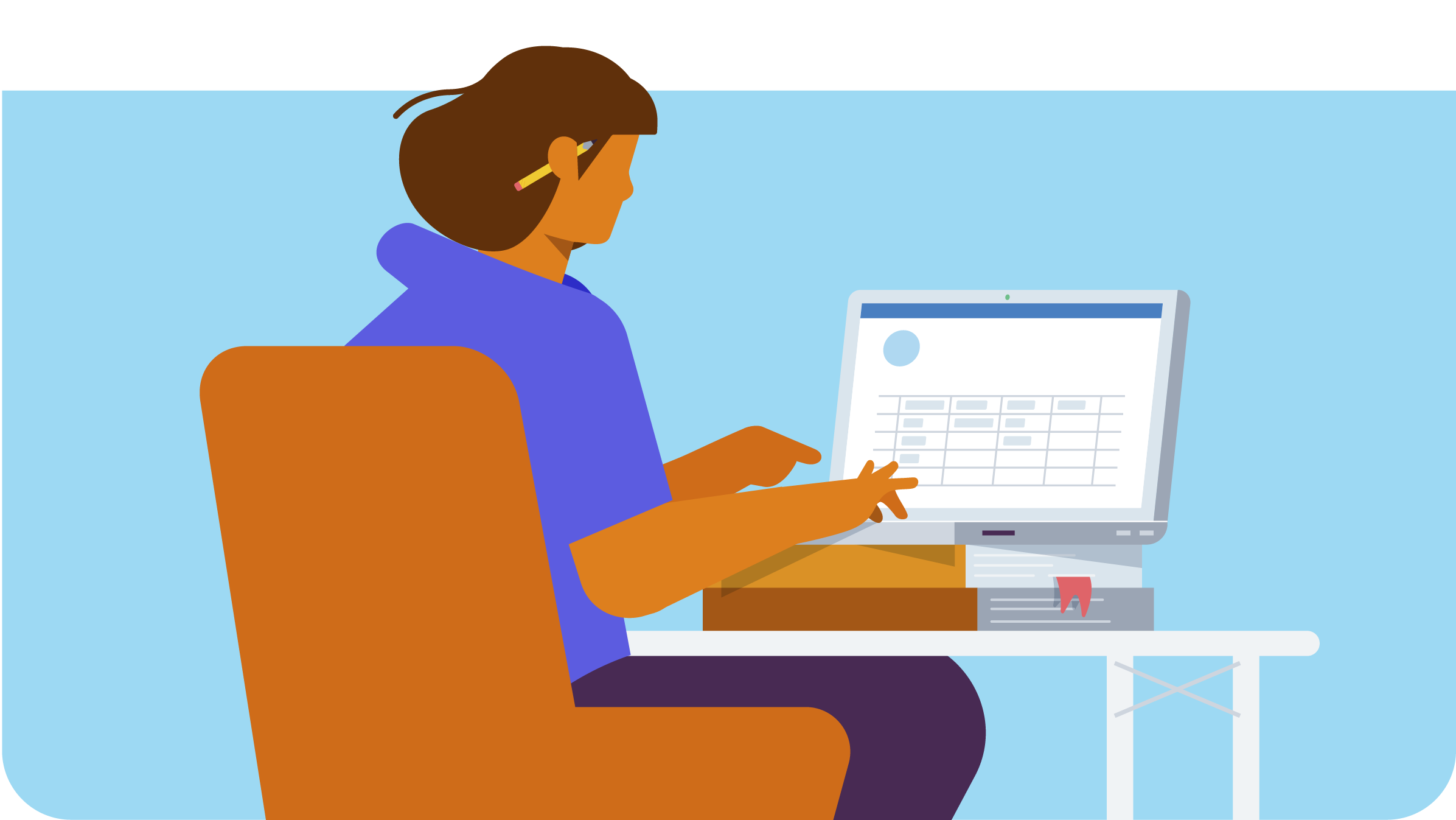How self assessment tax returns are changing: MTD for IT
From April 2026, MTD for IT will change the way the self-employed and landlords do their self assessment.

What is Making Tax Digital for IT?
Making Tax Digital for Income Tax (MTD for IT) forms part of the government’s plan to digitalise the UK tax system. MTD for IT will come into effect in April 2026, and it will change the way landlords and self-employed people submit their income tax returns.
Landlords and self-employed people earning above £50,000 will need to send HMRC quarterly updates and a final declaration using MTD-compatible software from April 2026. This replaces the current annual self assessment.
When is self assessment going digital?
Self assessment goes digital from April 2026. All landlords and self-employed people earning above £50,000 will need to have compatible software in place by this date. From 2027, landlords and self-employed people earning more than £30,000 will also need to follow MTD for IT rules. And, from April 2028, those earning above £20,000 will need to comply with MTD for IT rules, too.
How does self assessment tax work now?
Currently, landlords and self-employed people submit one annual self assessment using the HMRC online portal, postal mail, or software. This might happen via their accountant or bookkeeper, if they use one. In order to pull together the figures for the return, digital or paper records are kept throughout the tax year. The deadline for paper (postal) filings is 31 October and 31 January for online submissions (through the HMRC portal, or software).
How MTD for Income Tax will change self assessment
From April 2026, those that are impacted by MTD for IT will need to use MTD-compatible software to keep digital records and submit updates to HMRC for MTD for IT.
This means you’ll no longer be able to use the online HMRC portal, or the paper (mail) filing system if you're a landlord or self-employed person earning above £50,000.
In the space of one tax year, you’ll need to send:
- Four quarterly updates, using your MTD-compatible software
- One final declaration, by January 31st
Quarterly updates
Your quarterly updates should include details of your income and expenditure for each quarterly period. These updates will be cumulative, so you can correct errors or make amends to previous submissions in your next update. They can be quickly pulled together in your cloud-based accounting software, providing you keep your digital records up to date.
Final declaration
You’ll need to disclose any additional sources of income, such as savings and investment, in your final declaration. You can also submit claims for reliefs.
Digital record-keeping
Keeping digital records is a breeze with cloud-based accounting software like Xero. By connecting your bank account, you can automatically import your transactions and see where your finances stand at a glance. With the handy Xero accounting app, you can reconcile transactions complete with receipts from your phone.
Why is self assessment changing under MTD?
Making Tax Digital for Income Tax forms part of HMRC’s wider vision to digitise the tax system, and make it easier to get your tax right. With a digitised system that’s easier for taxpayers to use, HMRC aims to reduce the margin of error and close the tax gap that currently stands.
As more people rely on digital tools to run their businesses, HMRC hopes to bring the tax system in line with the modern, digital economy.
Are there any benefits to the changes in self assessment under MTD for IT?
Once you’re past the initial learning curve of MTD-compatible software, quarterly updates don’t take as long to compile. You’re only submitting a quarter’s worth of information, which is automatically compiled by your software based on your digital records, and can be submitted directly to HMRC. The updates are cumulative too – which means you don’t need to send additional submissions to correct errors or make adjustments.
This is instead of the old system where you would report income and expenditure for the whole tax year in one return, manually calculating your figures from a year’s worth of paper or Microsoft Excel records. This means you can spend more time focusing on your business, and less time snowed under with admin.
Your quarterly updates also provide a near-real-time view of your finances, so HMRC can send an estimation of how much tax you owe. This estimate can help you prepare for your tax bill ahead of time. According to HMRC, MTD for VAT users say the new system makes it easier to prepare and submit returns.
When it comes to accounting software, the benefits don’t stop at MTD. Using a platform such as Xero, you get real-time insights into the financial health of your business. Xero features such as invoicing and receipt capture mean you can manage multiple financial admin tasks from one platform.
Prepare for self assessment changes today
Self assessment is changing, but cloud-based accounting software can help you make a smooth transition to the new system. Learn more about how Xero can help you comply with MTD for IT, or sign up for a free trial.
Let Xero help you stay compliant with MTD
Use MTD-compatible software like Xero to keep digital records and submit returns. Try free for 30-days.
- Safe and secure
- Cancel any time
- 24/7 online support